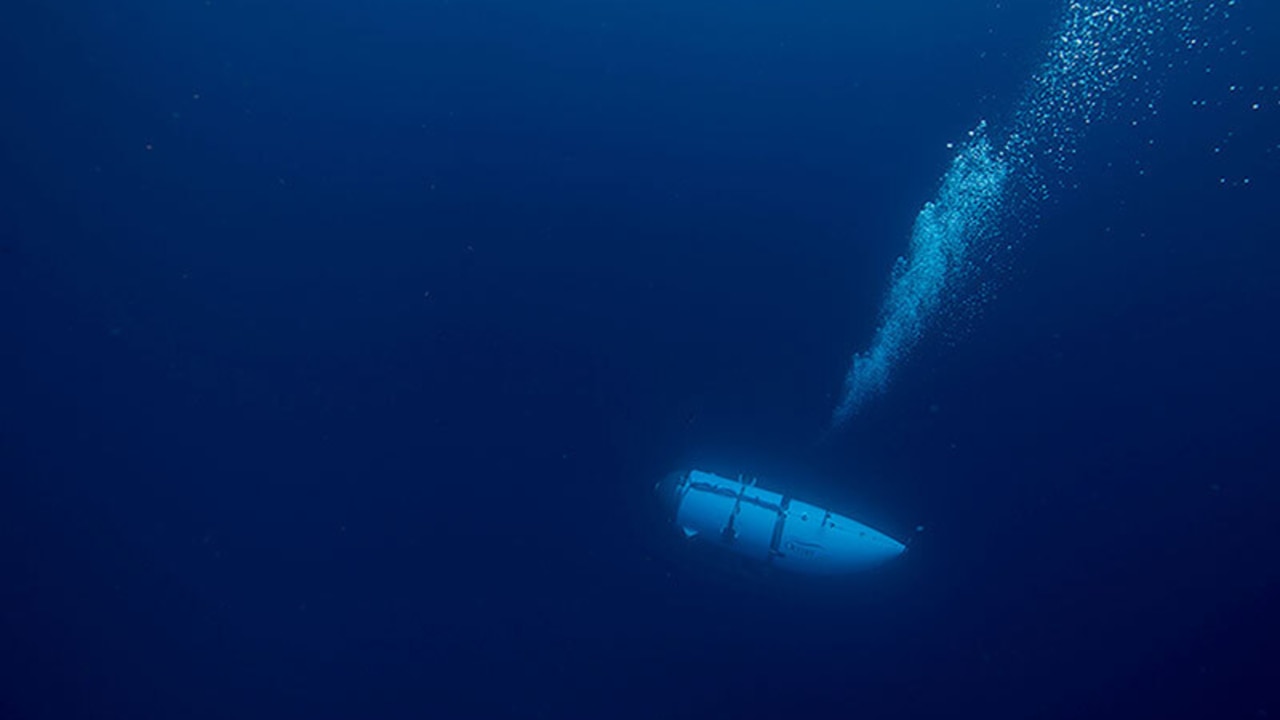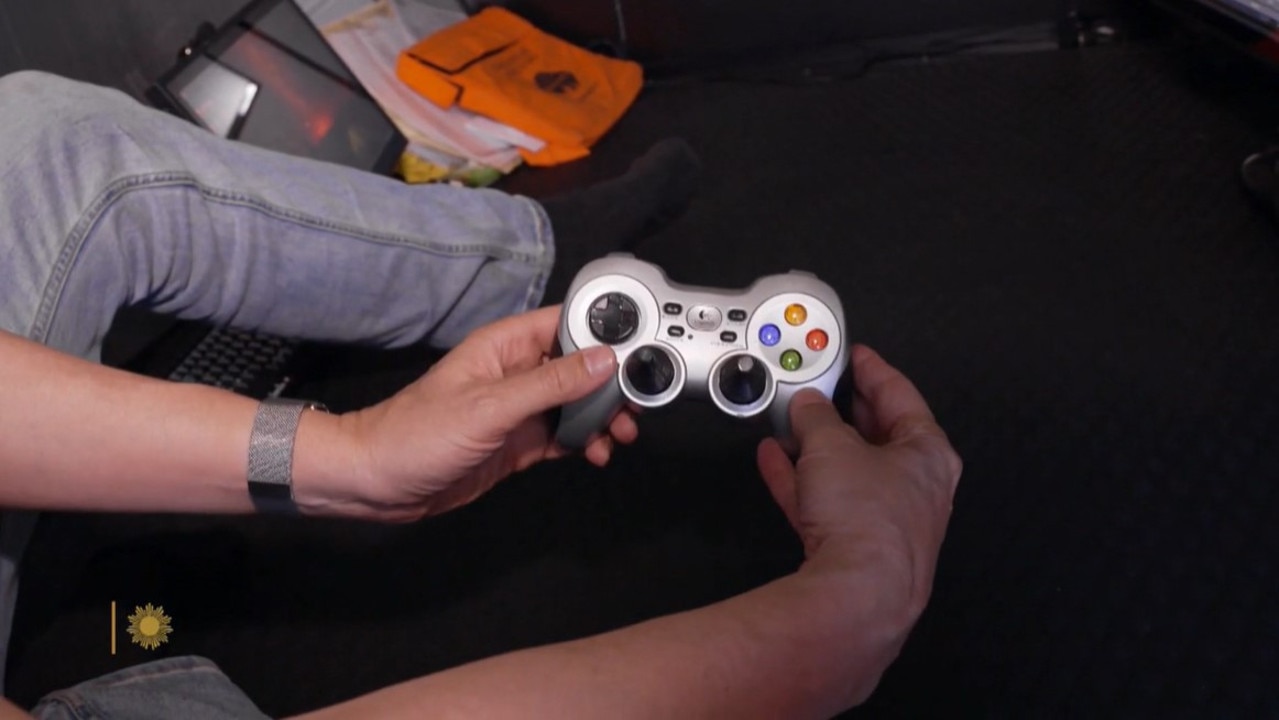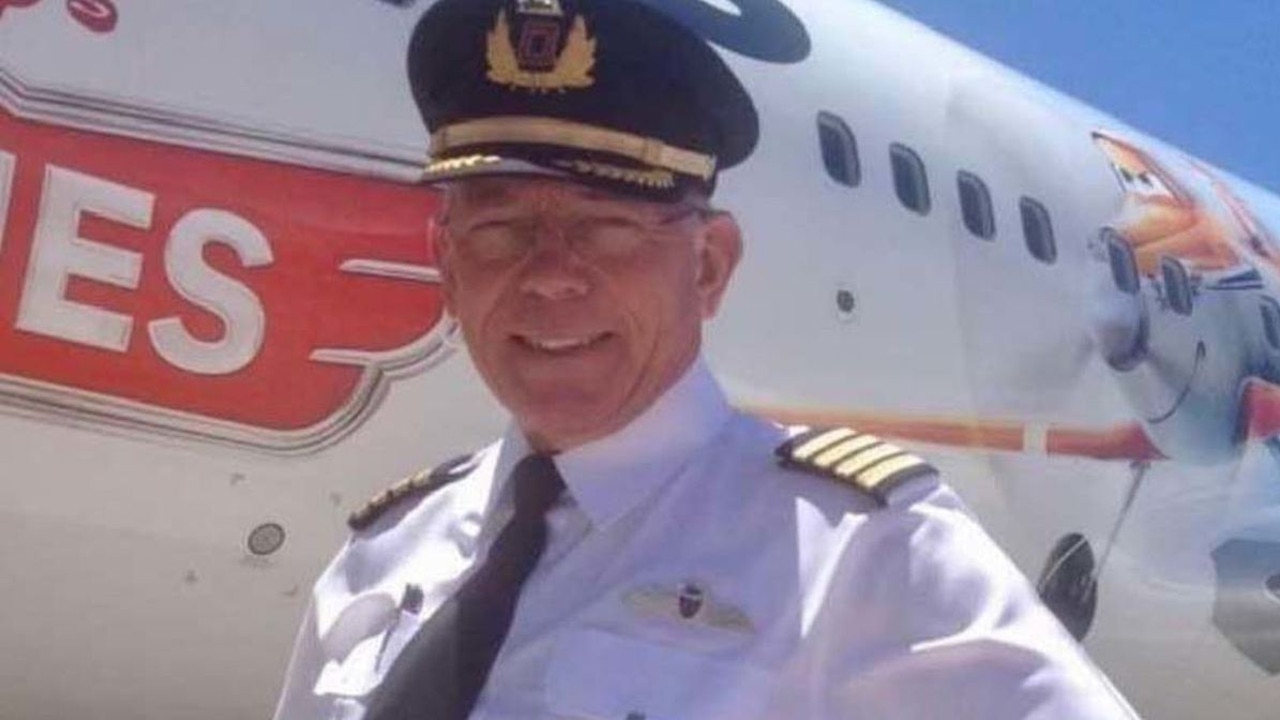Why billionaire’s friend pulled out of deadly Titanic sub expedition
A friend of the billionaire who died on the Titanic sub expedition was all set to be on board as well. But pulled out at the last minute.

An English man paid a deposit to go on the missing submersible we now know imploded, killing five people on-board.
Chris Brown, 61, told The Sun he paid a 10 per cent deposit on the then $150,000 expedition after a “few beers” with fellow Brit Hamish Harding while holidaying on Sir Richard Branson’s Necker Island in 2016.
While Mr Brown would end up pulling out due to safety concerns, Mr Harding would become one of five people to die on the 6.5-metre sub’s descent to the Titanic wreck years after signing up.
“I was one of the first people to sign up for this trip with OceanGate while the submersible was being developed,” Mr Brown said.
OceanGate Expeditions ended up charging $US250,000 (almost $370,000) per person to join the Titanic expedition.

The sub lost contact within two hours of its dive on Sunday, sparking an extensive multinational search and rescue.
It was confirmed by the US Coast Guard on Friday morning debris, found on the sea floor 500 metres from the bow of the Titanic, was consistent with the implosion of the sub’s pressure chamber.
Mr Brown pulled out of the expedition after becoming concerned by the quality of technology and materials used by OceanGate.
He said he was concerned to learn that the craft was controlled by a gaming console-style device and revealed further unease due to technical issues and delays.

“I found out they used old scaffolding poles for the sub’s ballast — and its controls were based on computer game-style controllers,” Mr Brown said.
“If you’re trying to build your own submarine you could probably use old scaffold poles. But this was a commercial craft.
“Eventually I emailed them and said, ‘I’m no longer able to go on this thing’. I asked for a refund after being less than convinced.”
Mr Harding, however, followed through. He was on the Titan with OceanGate chief executive Stockton Rush, French expert Paul-Henri Nargeolet, and Pakistani-British tycoon Shahzada Dawood and his 19-year-old son Suleman.

Speaking to ITV while rescuers still thought they might locate the sub and save those inside, Mr Brown said those on board would be well aware of the risks.
“I think most explorers assess the risks before deciding to go on an expedition,” he said.
“It’s been quite a few years they’ve been planning this expedition, they will have looked at the risks and decided those were risks they wanted to take. I think we’re all aware of the risks.”
He said he thinks it’s “inevitable” that accidents happen in exploration.
“Every now and then something is going to go wrong, there’s going to be accidents, there’s accidents in the regular world as well but exploration tends to push those risks to the limit,” he said.
Many concerns came to light about the safety of the sub in the days after it went missing.
CBS News correspondent David Pogue went on the expedition last year and had to sign a document that read: “This experimental vessel has not been approved or certified by any regulatory body, and could result in physical injury, emotional trauma, or death.”

Pogue said the actual dive getting down to the Titanic shipwreck was full of hiccups, including one attempt where communications broke down.
It was revealed the Manned Underwater Vehicles Committee of the Marine Technology Society wrote to the company’s chief executive on behalf of industry members who had expressed “unanimous concern” about Titan and OceanGate’s planned expedition to the Titanic wreck before expeditions began in March 2018.
It also emerged an employee raised safety concerns at a formal meeting shortly after the Titan’s construction in 2018.
Former director of marine operations David Lochridge claims he was sacked for it.
OceanGate countersued Lochridge for allegedly breaching confidentiality clauses in his contract.
– with The Sun






